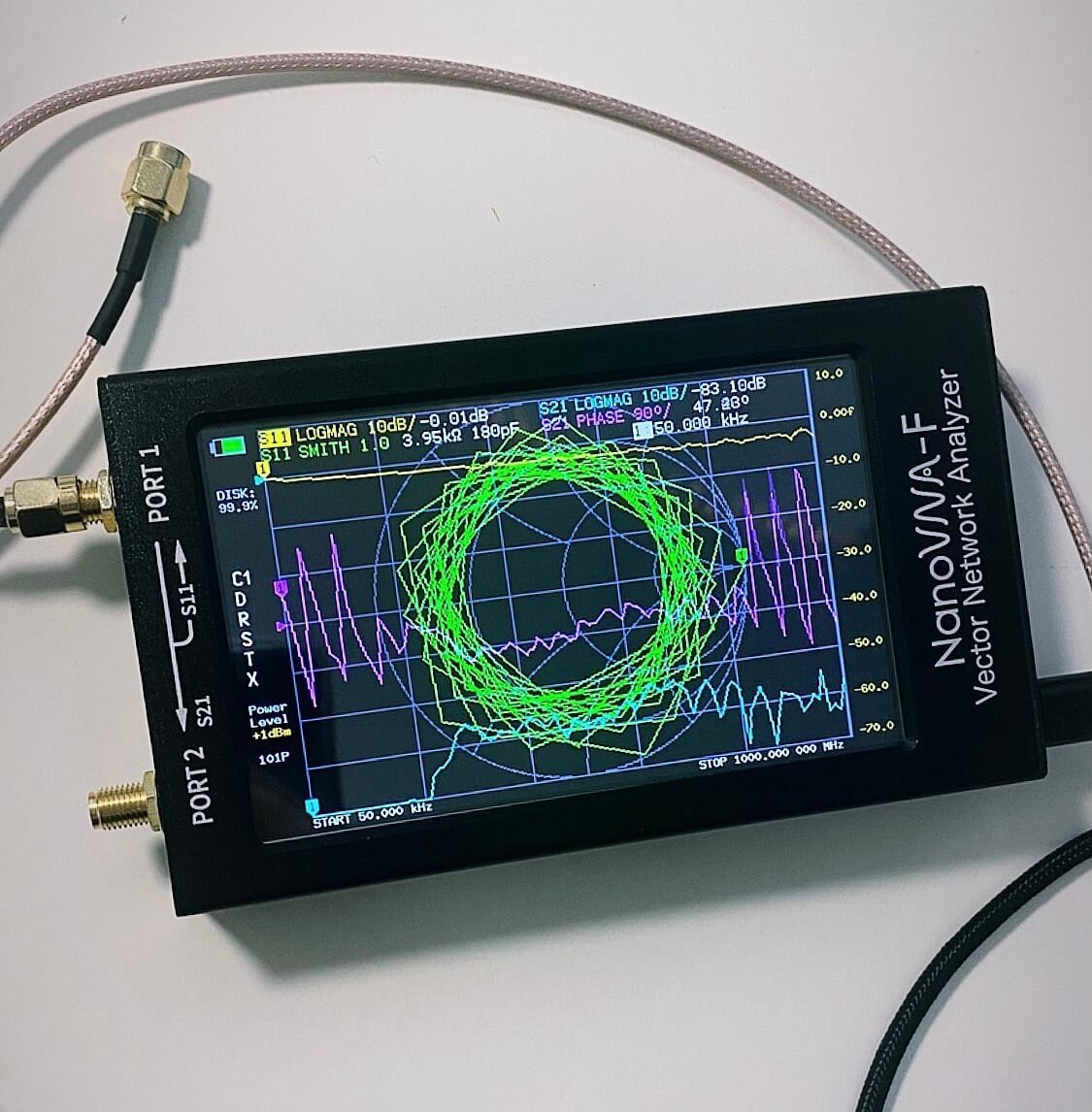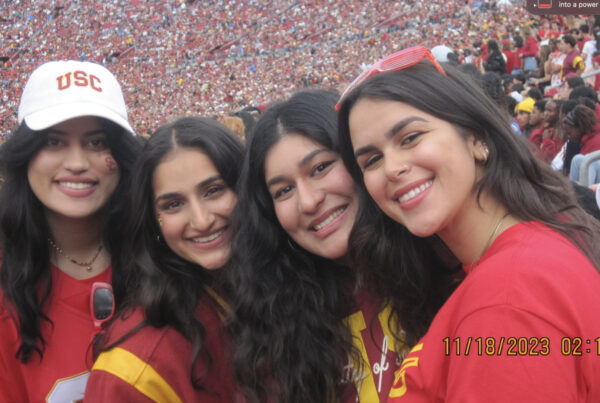In high school, I discovered my passion for physics. To me, physics was this incredible-looking glass that allowed me to deeply understand the inner mechanics of the world. My interests in physics, mathematics, and design drew me to Electrical and Computer Engineering (ECE). And yet, as I began my sophomore year at USC, I started to feel a bit lost in ECE. This major is exceptionally broad and although that’s one of the best things about it, it can be hard to find your place in such a program.
As I look back, the moment where I truly fell in love with my major was after taking EE 250, a course on Distributed Systems for the Internet of Things. This class completely changed my perspective of Electrical Engineering. It opened up the entire major to me in new and exciting ways. The most valuable part of the course was that it helped me begin to see all the puzzle pieces coming together to form this immensely diverse major.
At Viterbi, the ECE degree is broken down into three sub-disciplines which include some of the following fields of study:
- Computer Engineering- digital logic circuits, understanding the interaction between hardware and software, and computer design.
- Signals and Systems- mathematical analysis of signals, control systems, and analog circuit design.
- Electrophysics- Optics, photonics, electromagnetics, material science, and device physics.
As a freshman, I didn’t know much about each of these disciplines or which one I was most interested in pursuing. When I started to take my first EE classes, everything felt so isolated. I was being pulled in so many different directions, such as programming, abstract linear algebra, and building circuits. I began to feel very confused about what exactly electrical engineering was at that point. It seemed so broad and unconnected.
The thing that was missing before EE 250 was seeing the connection between all these courses and how they fit together in the scope of the bigger picture. It’s kind of like looking at a map and the difference between a street view versus a satellite view. A street view has its purposes, but it is limiting. You can only see immediate decisions that pop up on your path and hope that each action takes you closer to a specific destination. However, the satellite view helps you put your actions into perspective as far as where you are going and the different paths you could possibly take to get there.
Because of this new satellite view, I discovered that I no longer felt intimidated or lost by the vastness of ECE. From my experience, I believe that regardless of your discipline of engineering, it is valuable to stop every now and then think about how the things you are learning fit into the bigger picture. It is a way for you to learn more about the comprehensive nature of your major and bring excitement and clarity about what you can do in the world beyond the classroom.




